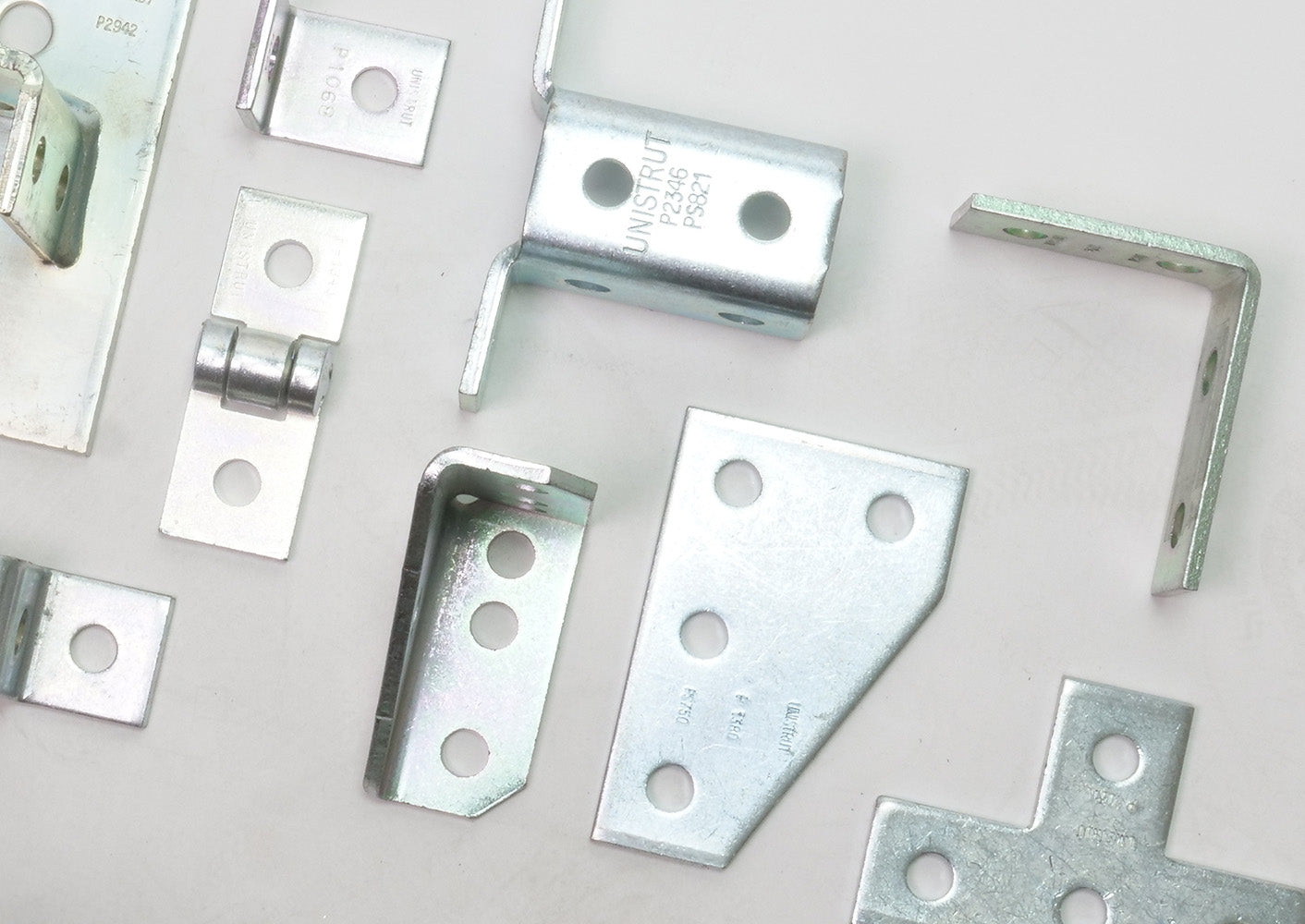The other day, we received a note from a mechanical engineer who wondered if the TPE material used in our Cush-A-Clamp product line is flame retardant per UL094HB.
Safeguarding against the spread of smoke and fire is a valid concern, so we decided to share our response in the Tech Talk Blog.
The TPE cushion material found in Cush-A-Nator, Cush-A-Clamp, Omega, and Alpha Series clamps is classified as V-1 under UL94. This means the material will hold a flame for a maximum of 30 seconds after being exposed to a flame for 10 seconds in two ignitions.
The TPE cushion material used for the Porce-A-Clamp series is classified as V-0 under UL94. This means it will hold a flame for a maximum of 10 seconds after being exposed to a flame for 10 seconds in two ignitions.
Explanation
The TPE material used in the cushion portion of our products is not commonly used to make building materials and has not been tested against the ASTM E84 standard. The TPE used in the manufacture of our cushioned clamping products is common in applicances and other electrical devices and has only been tested in accordance with UL94.
ASTM E84 is a standard designed to measure flame spread and smoke generation in building materials used in ceiling and wall construction. It is based upon measuring the flame spread on a 20 inch by 25 foot specimen against that of a standard red oak panel of the same dimensions. The flame spread is measured in feet over 600 seconds. The red oak standard (100) burns to 25 feet in about 340 seconds or 5.6 minutes.
UL94 is a standard test for measuring the flammability of TPE’s and materials used in devices and appliances. Materials are classified under this standard if they burn at a rate of not more than 1.5 inches per minute. In the ASTM test of 600 seconds these materials will have spread a maximum of 15 inches. Since this value is 1/25 of the 100 standard, at the end of the test these materials would have a zero rating for flame spread under ASTM E84.
UL94 does not address smoke generation and an extensive search on the subject has not generated any conclusive findings. Some literature on this subject does indicate that similar TPE’s do pass taking into account the inherent difficulties in analyzing TPE’s under the test conditions. The small amount of this material in the structure should render smoke generation a moot point.

